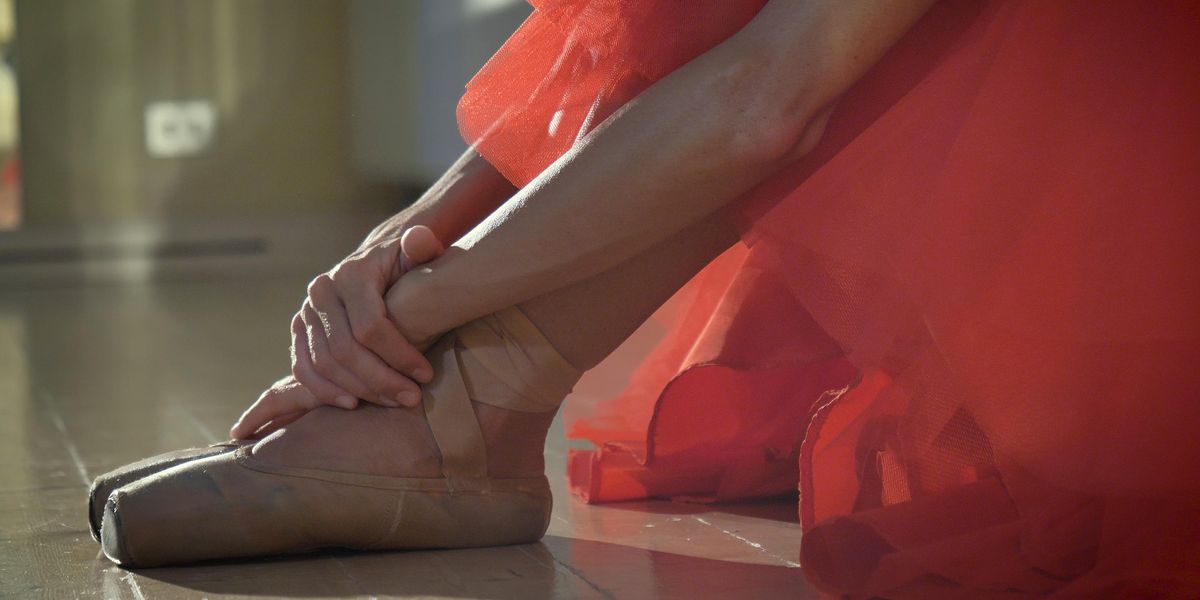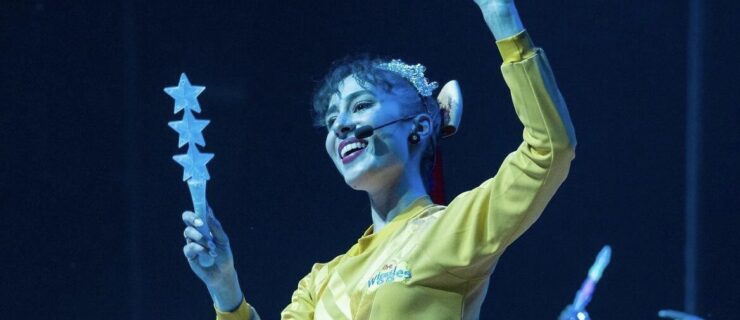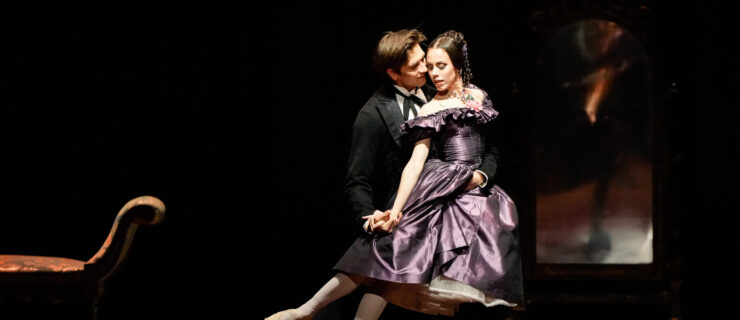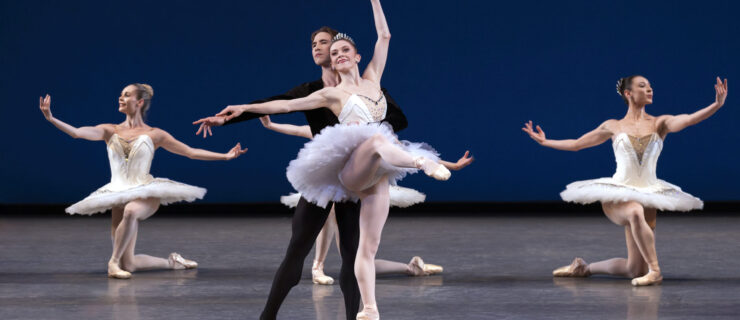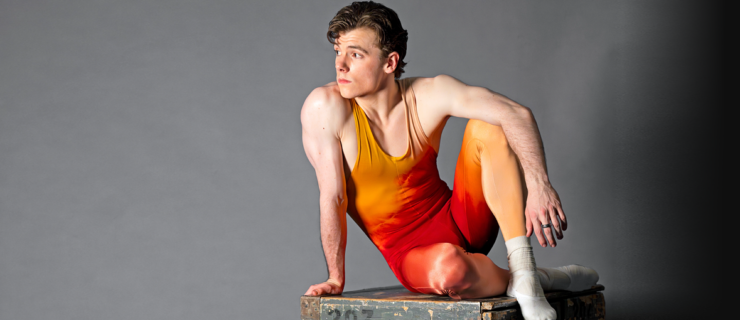As Ballet Looks Toward Its Future, Let's Talk About Its Troubling Emotional Demands
As a ballet student, I distinctively remember being told that to survive ballet as a profession, one must be exceptionally thick-skinned and resilient. I always assumed it was because of the physically demanding nature of ballet: long rehearsal hours, challenging and stressful performances, and physical pain.
It wasn’t until I joined a ballet company that I learned the true meaning behind those words: that the reason one needs thick skin is not because of the physical demands, but because of the unfair and unnecessary emotional demands.
Undoubtedly, emotional and physical strength go hand in hand to some extent. But the kind of emotional demand I am talking about here is different; it is not the strength one finds in oneself in moments of fatigue or unwillingness. It is the strength one must have when being bullied, humiliated, screamed at, manipulated or harassed.
The conditioning to endure intimidation and humiliation starts early for ballet dancers. Ballet training leaves very little space for the unique characteristics and personalities of young pupils. Instead, each student must fit into a mold that looks the same and acts the same. They learn that it is unacceptable to speak their mind or to challenge authority—all you must do is smile, nod and do as you’re told. Ballet students become completely dependent on their teachers, and what comes to shape their sense of self is the words, opinions and attitudes of their instructors.
In many schools, there is little understanding of pedagogy and psychology; pedagogical training is based upon teachers’ own experiences. Still, too often, ballet training fails to recognize children’s vulnerability. Not every child learns and develops the same, and they have different needs and body types. Rather than fostering care, empathy and creativity, ballet training encourages a “survival of the fittest” mentality. This can easily lead dancers to believe that ballet is only for strong-minded people. On the way, we lose a staggering number of beautiful artists who are just as able, only too vulnerable.
From my own years in ballet school, I remember my teacher comparing me to other students, calling me a “cloud head” and a “lethargic snail,” and continuously mocking me for my weight. There were some wonderful moments as well, moments when I felt ecstatic onstage or after a well-executed rehearsal, or when I felt I was cared for by a teacher who believed in me and my individualistic abilities. But even then, fear and insecurity shadowed every accomplishment.
This hostile environment continues from ballet schools to company life. In most cases, directors, ballet masters and choreographers are authority figures that, more often than not, hold all the ropes in their hands, making decisions that affect the lives of young, impressionable artists. Unfortunately, dancers too easily become marionette dolls who move, act and do what they are told with no personal agency, and with fear of being replaced or pushed aside at any moment.
Ballet as an art form is not emotionally hostile, tough or cruel. It is the atmosphere created around it. It is those certain choreographers who are bullies, those directors who play mind games, and those répétiteurs who humiliate and scream. For some odd reason, all of this is thought to just be “how it is.” It is acceptable and normal. Many still believe that to create good art, one must be broken; that to produce something good onstage, the process has to involve screaming and shouting; that to get the best out of an artist, one must be tough, not kind.
During my nine-year professional career, I had the pleasure of working with extraordinary choreographers and répétiteurs who created an exciting and safe atmosphere in the studios. On the other hand, I lived in a constant state of fear. I felt that I had no control over my artistry or expression; every gesture, every movement, every choice was in somebody else’s hands and one wrong move could destroy everything. No matter how unfair or cruel certain decisions were, they were always referred to as “artistic choices.” During my career, I was told that I needed to have sex with men, be more feminine, be thinner but not too thin, be stronger, be more confident, have more personality but always stay in line…the list goes on. I was told to rehearse a variation on my own for months for an upcoming ballet only to see the cast list didn’t even include my name. I was told to change how I dress, walked and talked. At the age of 18, my director told me that I must have a boyfriend and lots of crazy adventures outside of ballet to be interesting onstage. At the same time, a répétiteur told me that a good, dedicated ballet dancer must be committed only to dance and spend a minimum of eight hours at the theater daily. I always felt conflicted and unsure, unable to trust my own knowledge of my body or my own opinions. Whatever I did, somebody thought it was wrong or not enough.
Diverse body types and ethnicities are traditionally not celebrated in ballet, and neither are unique personalities and emotions. But every dancer’s history, cultural context and lifeworld is colorful and personal. Some artists are strong and undefeatable, others are vulnerable. While screaming and yelling might push one dancer to her very best, it might break someone else. Ballet schools and companies need to recognize each student as an individual. No workplace, artist or performance has ever been ruined by fostering an empathetic and kind atmosphere.
Ballet demands discipline, resilience and patience, but there is no reason why these assets cannot be developed through care and support. Thick skin is not built by belittling. One’s will is not strengthened with manipulation. When it comes to ballet, it is often thought that the end justifies the means. For some, art gives legitimacy to bad pedagogy. For generations, we have bowed in front of creative geniuses, putting them on a pedestal despite their ways. But no art is good art if it leaves broken artists behind.
The circle keeps going: Broken dancers become broken teachers who produce broken pupils. It is time to create an art form that is inclusive and accepts mistakes and vulnerability. After all, the best art happens when one allows oneself to be vulnerable. Ballet, too, is at its best when what happens on the inside shows just as much as beautiful lines and clean movement.
There has been much concern in recent years about ballet’s place in the modern world. Will it become one of those ancient art forms that’s left in history, or will it continue to resonate with the viewers and artists of today? Perhaps the only way ballet can survive and keep its place is if it leaves its oppressive traditions behind and evolves along with the world into a kinder, more empathetic and accepting environment.
